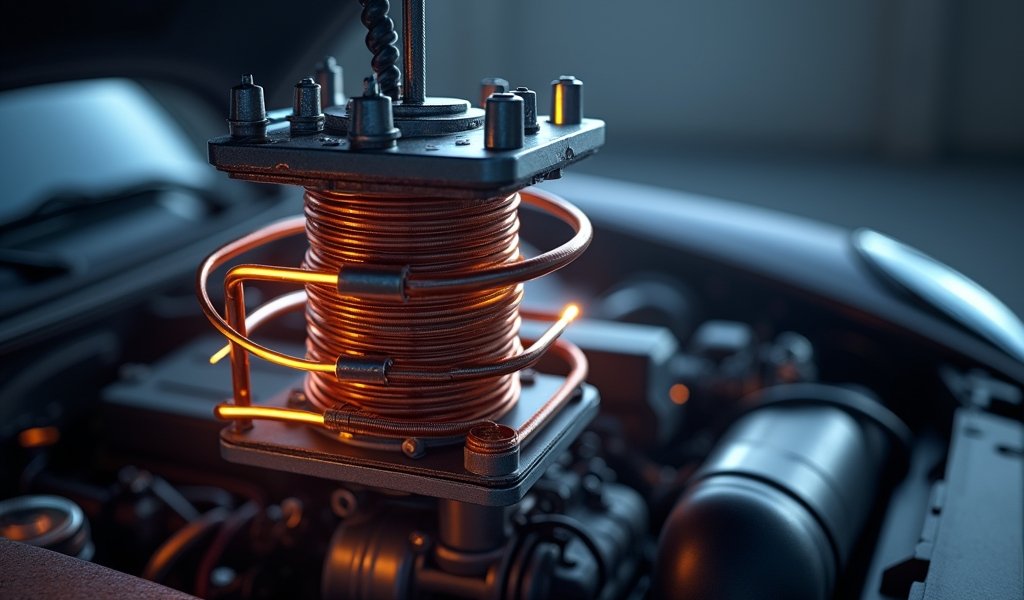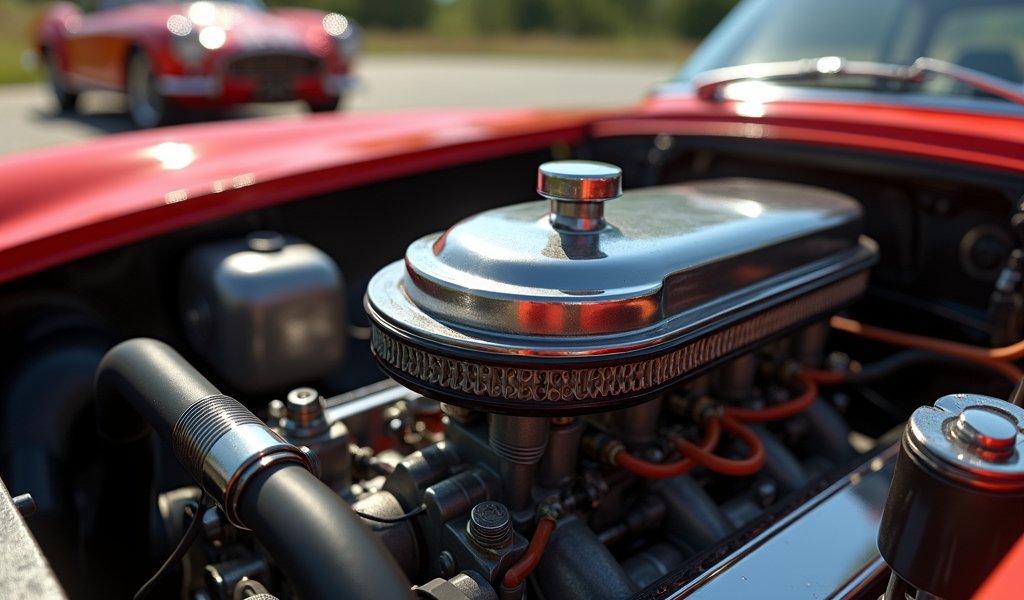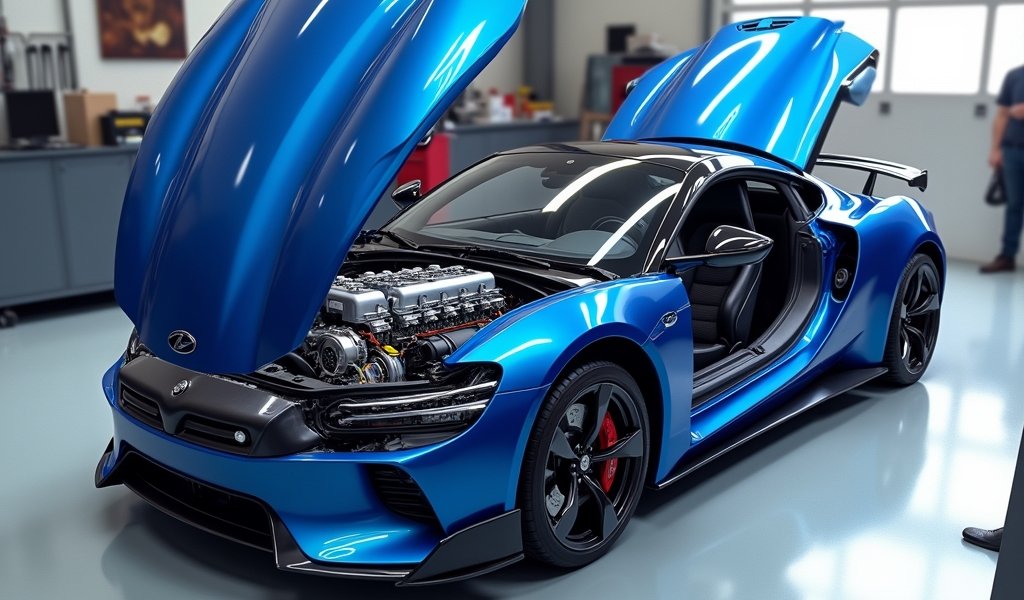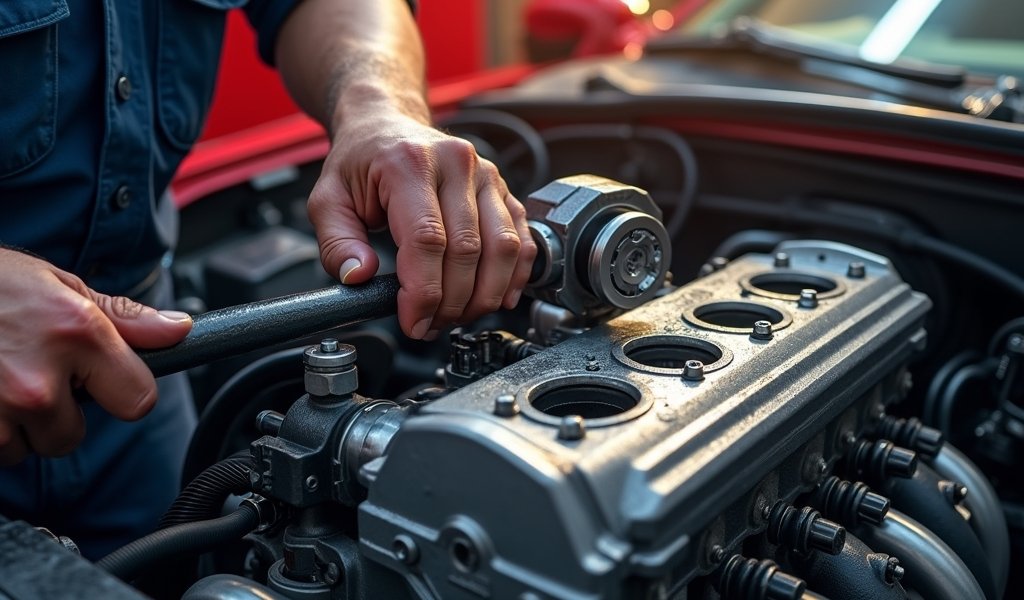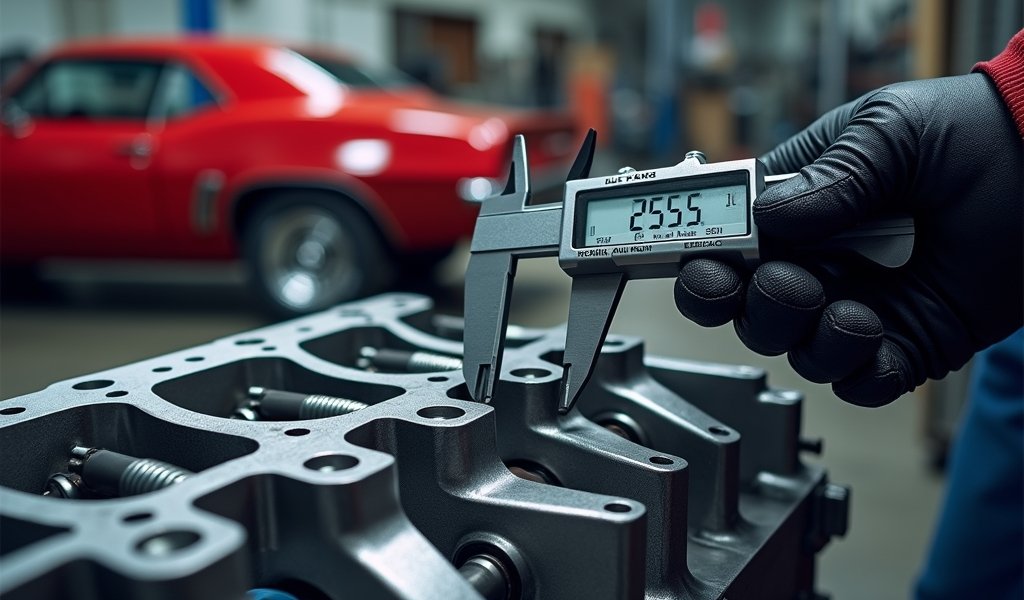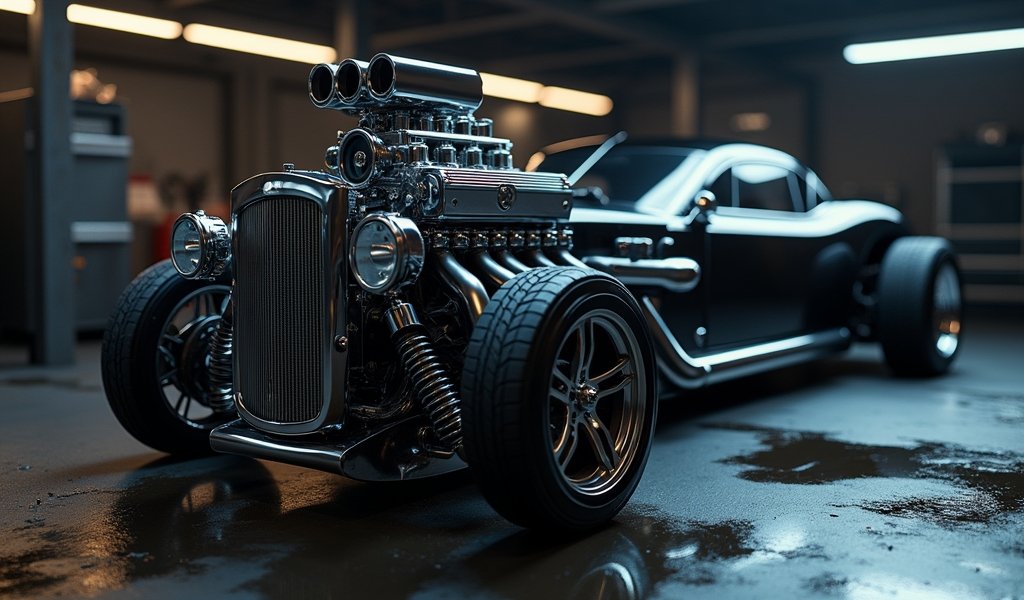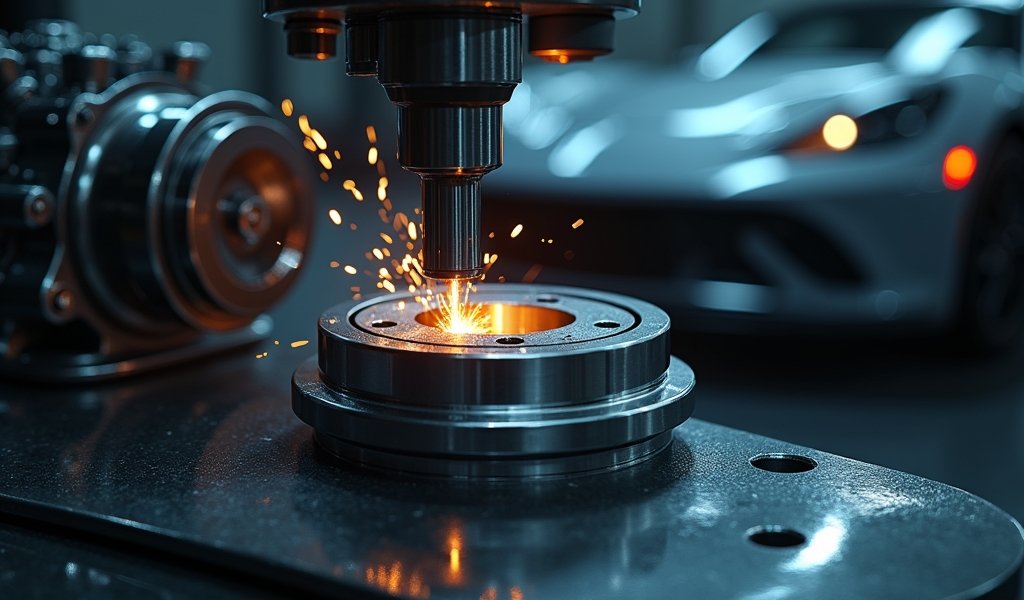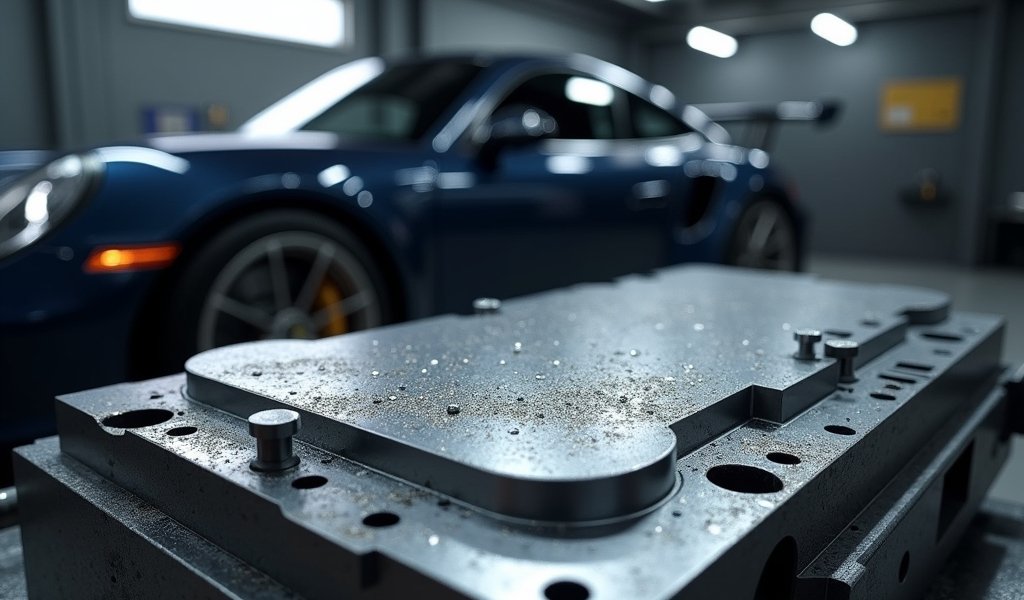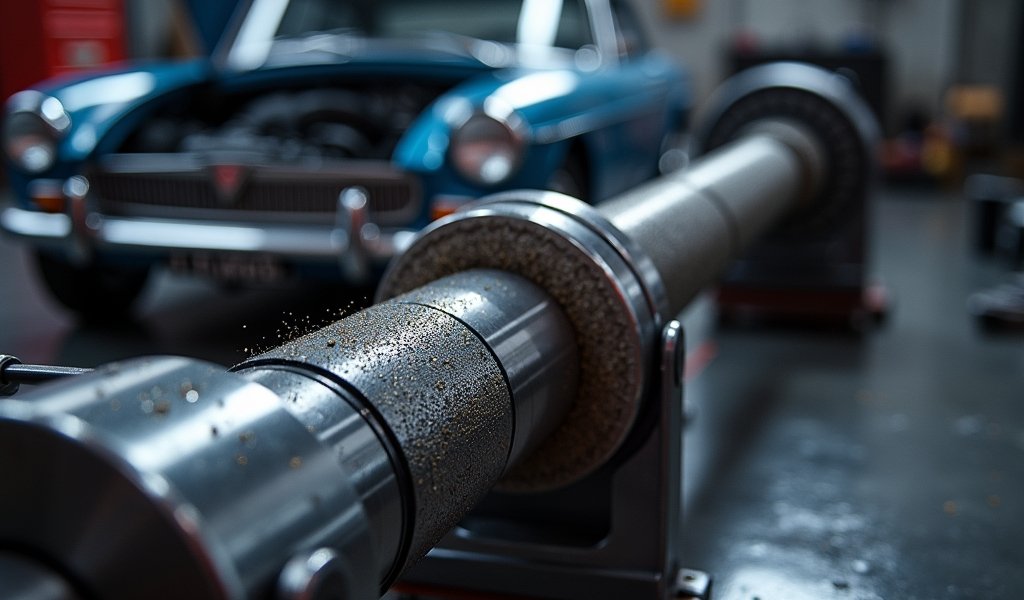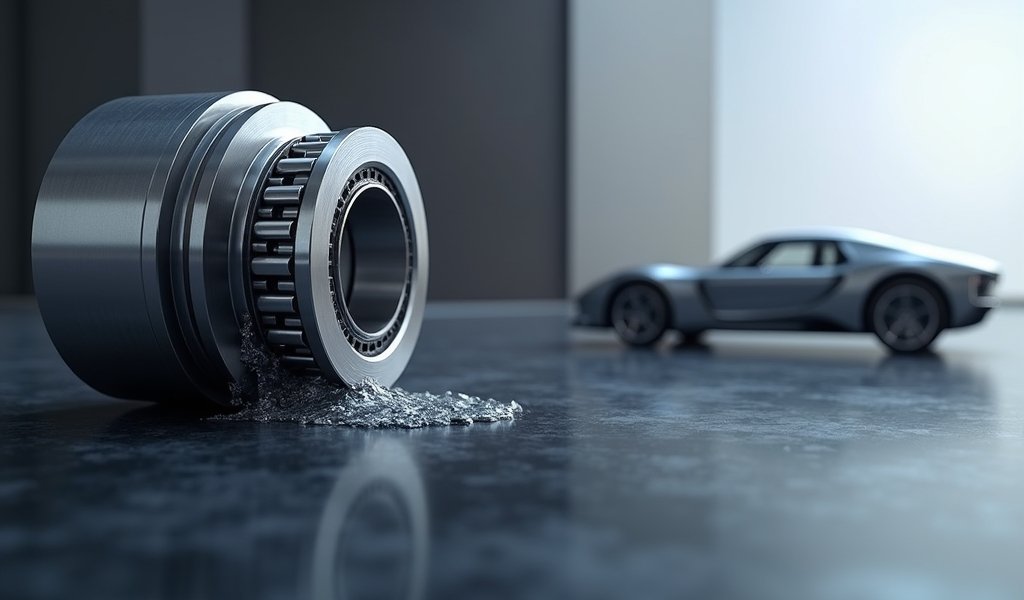Ignition Coil Primary Resistance: 5 Tips
Overview This article explains how ignition coil primary resistance affects vehicle performance, offering five key tips for testing, maintaining, and replacing ignition coils to prevent engine problems. The guide emphasizes that monitoring coil resistance (typically 0.4-2.0 ohms) is essential for preventing issues like misfires, rough idling, and decreased fuel economy, with proper testing requiring a […]
Ignition Coil Primary Resistance: 5 Tips Read More »

